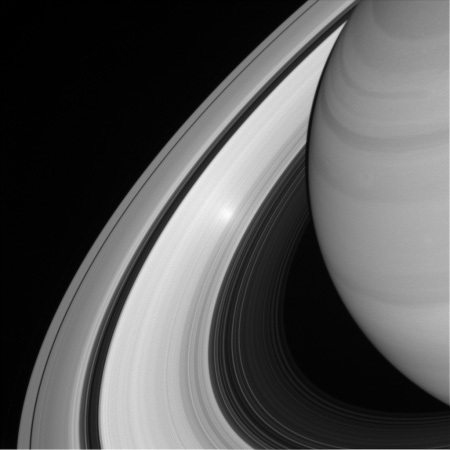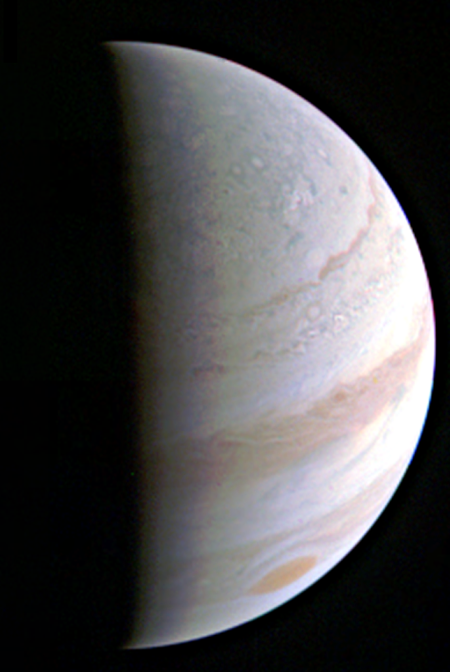DNA sequencing successfully done on ISS
Researchers have now confirmed that a new lightweight DNA sequencer has been successfully tested on ISS.
Using a hand-held, USB-powered sequencing device called the MinION, astronaut Kate Rubins, PhD, sequenced samples of mouse, bacteria and virus DNA. This portable sequencing technology could eventually help diagnose sick astronauts, monitor space station food, water, and environment for microbes, and identify extraterrestrial life forms.
As part of a collaboration with NASA on the Biomolecular Sequencer project, Earth-bound researchers – a bicoastal team at UCSF and Weill Cornell Medical College – analyzed the sequencing data from space and compared it to identical samples sequenced on the ground. The analysis would tell whether the journey to space and conditions aboard the space station affected the sequencing results.
…[An] analysis of the space and Earth data found comparable results. “We essentially got equivalent data, and it’s of very high quality, probably within the top 20 percent of nanopore runs that we do routinely here on Earth,” Chiu said.
The press release makes a big deal about how this new equipment will be beneficial for research in space, but I am betting that its creators are as much if not more interested in the profits they will make selling it to customers on Earth, where its portability will make a very useful and beneficial to Earth-bound patients and researchers.
Researchers have now confirmed that a new lightweight DNA sequencer has been successfully tested on ISS.
Using a hand-held, USB-powered sequencing device called the MinION, astronaut Kate Rubins, PhD, sequenced samples of mouse, bacteria and virus DNA. This portable sequencing technology could eventually help diagnose sick astronauts, monitor space station food, water, and environment for microbes, and identify extraterrestrial life forms.
As part of a collaboration with NASA on the Biomolecular Sequencer project, Earth-bound researchers – a bicoastal team at UCSF and Weill Cornell Medical College – analyzed the sequencing data from space and compared it to identical samples sequenced on the ground. The analysis would tell whether the journey to space and conditions aboard the space station affected the sequencing results.
…[An] analysis of the space and Earth data found comparable results. “We essentially got equivalent data, and it’s of very high quality, probably within the top 20 percent of nanopore runs that we do routinely here on Earth,” Chiu said.
The press release makes a big deal about how this new equipment will be beneficial for research in space, but I am betting that its creators are as much if not more interested in the profits they will make selling it to customers on Earth, where its portability will make a very useful and beneficial to Earth-bound patients and researchers.





